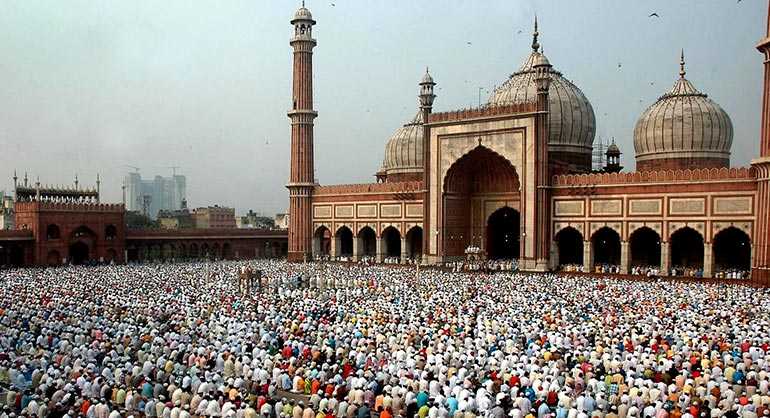By now I had uncovered many layers of our Bygone era & was looking forward to explore more as I entered the towering walls of Tughlaquabad fort. Walking up the massive ramparts with many areas to explore, I was left astounded with this architectural marvel of this 3rd historic city of Delhi. Built in the 14th century by the king names Ghiyas-ud-din Tughlaq, the founder of the Tughlaq dynasty. The architectural skills & advancement of the craftsman is so inevitable & I wondered about the Curse which lurked on this fort. Legend has it that King Tughlaq wanted a strong & powerful fortress which would be capable of withstanding any kind of unseen attack. He ordered all the laborers in Delhi to be assigned to the completion of the fort. This created complication between him & the Sufi saint, Hazrat Nizamuddin Auliya, who got angry as his work on the Stepwell got interrupted. In a confrontation with the ruler, the Sufi saint is believed to have cursed the royal fort, saying –“Yeh Rahae Ujjar-ya Base gujjar-May the fort remain unoccupied, or herdsmen may live here”. That is the sole reason till date it is deserted.

At one time I learned to my amazement that the Fort originally had 52 gates which are now left to 13.I walked up to the highest point known as Bijai-Mandal where the remains of several halls and a long underground passage made it so intriguing. I loved the view from right on top & enjoyed the vast green landscapes which surrounded this majestic fort which reflected a battle ground. For myself I found the thousand pillared palace offering the most spectacular view of the city due to being on the highest point. As it was deserted I thoroughly enjoyed myself running up & down fort ramps where once richly decorated elephants walked into the grand fort entrances with the Mighty Sultans guarded on their backs. The child in me came back and I found myself jumping over fort walls & having the time of my life. I excitedly traced the secret tunnel by walking inside the underground passages in the Tughlaquabad fort where once prisoners were held. It has mostly ruins left & is spread over acres of land. Interestingly the architecture spoke through its walls as I could see that the intentionally constructed 15-mt-high formidable walls which were not great on aesthetic value but surely an excellent example of solid unimaginative masonry that no invading army could hope to scale in a hurry. The fort has towering ramparts at a height of anywhere between 30 feet to 50 feet acting as natural barriers. I noticed that the parapets had small loopholes specially made all over them so that the Sultan soldiers could spot invaders and hit them with arrows. I was amazed & impressed with the farsighted vision people had in those days. I walked across to the opposite side of the road where King Tughlaq tomb was surely a calming & attractive spot .I felt relaxed from the rush city life here & appreciated the architecture inspired from the Persian style.
After which I headed to Siris fort in the city of New Delhi, was built during the rule of Alauddin Khalji , the Turkic (Afghan) ruler of the Delhi Sultanate, to defend the city from the onslaught of the Mongols. It was the 2nd of the eight cities of medieval Delhi built around 1303 which at present is seen only in ruins & to my disappointment has nothing left to offer. I noticed a few remnants left from the ruins which stand in the Shahpur Jat Market today (Market is popular for marriage trousseau & festivities).

After my short stopover to Siris I headed to Hauz Khas village to enjoy a lovely home cooked meal at saffron Kitchen. Located in the chic and modern Hauz Khas village (Market), the host invited me to her delightful house with a beautiful terrace garden. I enjoyed a great afternoon of fun, food & laughter. Not only having a simple meal with the family was a delight but also to experience a hands-on cooking lesson with the host herself. I ended my day with a lovely culinary experience & gained a richer awareness of Indian life & culture through food.





